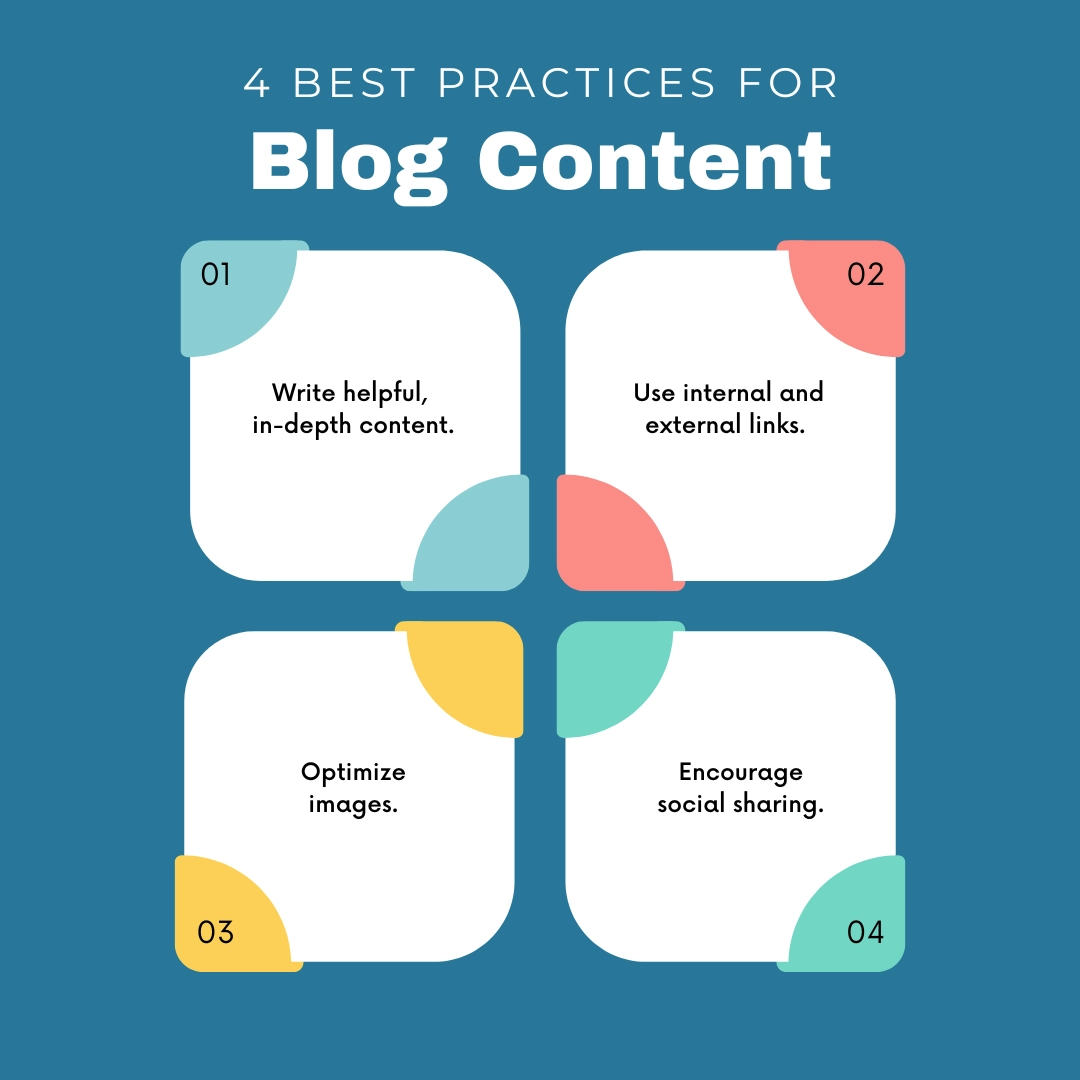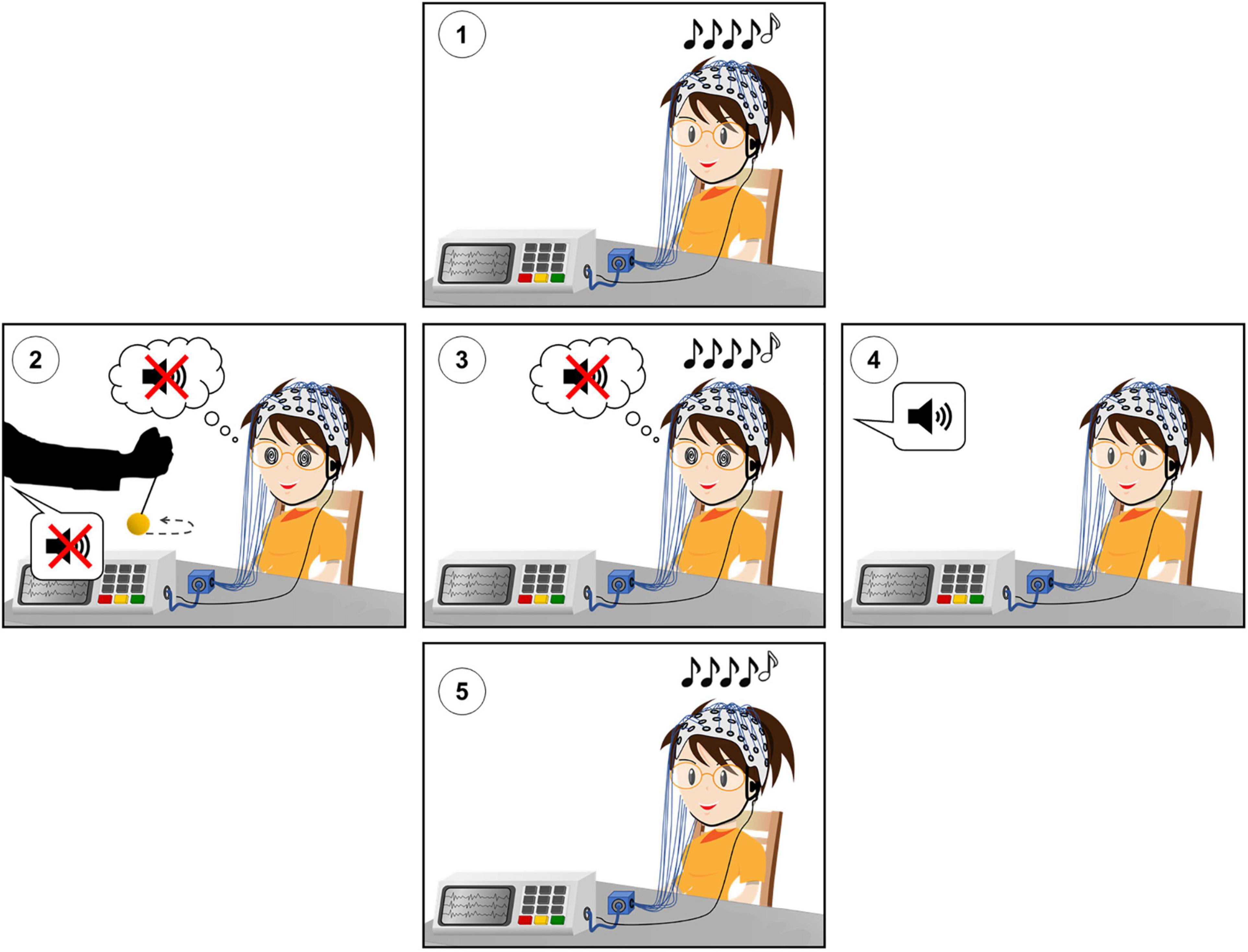
Understanding Hypnosis Inductions
Hypnosis inductions are a fundamental aspect of hypnotherapy, serving as the gateway to accessing the subconscious mind. These techniques are designed to facilitate a state of focused attention and heightened suggestibility, allowing therapists to implement therapeutic suggestions effectively. In this article, we will explore various types of hypnosis inductions, their purposes, and how they can be tailored to individual needs.
What Are Hypnosis Inductions?
Hypnosis inductions are structured processes that guide individuals into a hypnotic state, characterized by deep relaxation and increased receptivity to suggestions. The primary goal of an induction is to bypass the critical factor of the conscious mind, enabling access to deeper layers of thought and emotion where significant behavioral changes can occur1.
Purpose of Hypnosis Inductions
The purpose of hypnosis inductions includes:
-
Establishing Rapport: The induction process helps build trust between the therapist and client, creating a safe environment for therapeutic work2.
-
Bypassing the Critical Factor: Effective inductions allow the conscious mind to step aside, facilitating access to the subconscious3.
- Enhancing Suggestibility: By inducing a relaxed state, clients become more open to positive suggestions aimed at achieving therapeutic goals4.
- Focused Attention: Inductions help narrow external distractions, concentrating the client's focus on internal experiences5.
- Initiating Therapeutic Goals: The induction phase sets the stage for addressing specific issues identified by the client6.
Types of Hypnosis Inductions
There are several types of hypnosis inductions that practitioners can utilize based on individual client needs:
1. Eye Fixation Induction
This classic technique involves having clients focus their gaze on a specific point while receiving verbal cues for relaxation. As they maintain their focus, they are guided into a deeper state of trance7.
2. Progressive Relaxation Induction
In this method, clients are systematically guided through relaxing different muscle groups in their body. This gradual approach promotes physical and mental relaxation, making it easier for clients to enter a hypnotic state8.
3. Arm Levitation Induction
This technique suggests that one arm feels light and buoyant, leading it to rise naturally. This physical sensation reinforces relaxation and enhances suggestibility as clients experience tangible evidence of their hypnotic state9.
4. Instant Inductions
These rapid techniques aim to induce trance quickly—often within seconds—using methods such as hand drops or sudden surprises (e.g., snapping fingers). Instant inductions require skill but can be highly effective in engaging clients immediately10.
5. Utilization Induction (Ericksonian)
This approach utilizes the client's current thoughts or experiences as part of the induction process, making it highly personalized and adaptable11.
Tailoring Hypnosis Inductions
Effective hypnotherapists recognize that each client is unique; therefore, tailoring hypnosis inductions is crucial for success. Factors such as individual responsiveness, comfort levels, and specific therapeutic goals should guide the choice of induction technique used during sessions.
Conclusion
In summary, hypnosis inductions play a vital role in hypnotherapy by facilitating access to the subconscious mind through various techniques designed for relaxation and suggestibility enhancement. Understanding these methods allows practitioners to create effective therapeutic interventions tailored to individual client needs.
Authoritative Sources
- Heap M., "Hypnotherapy – A Handbook." Open University Press.↩
- Montgomery G., et al., "A randomized clinical trial of a brief hypnosis intervention." J Natl Cancer Inst.↩
- Jensen MP., Patterson D., "Hypnotic approaches for chronic pain management." Am Psychol.↩
- Lang EV., Rosen MP., "Cost analysis of adjunct hypnosis with sedation." Radiology.↩
- Cojan Y., et al., "The brain under self-control." Neuron.↩
- Derbyshire S., et al., "Cerebral activation during hypnotically induced pain." Neuroimage.↩
- Elkins GR., "Handbook of medical and psychological hypnosis." Springer.↩
- Dillworth T., et al., "Neurophysiology of pain and hypnosis for chronic pain." Transl Behav Med.↩
- Gruzelier J., "Frontal functions underpinning hypnosis." Contemp Hypnos.↩
- Oakley DA., Halligan PW., "Hypnotic suggestion: opportunities for cognitive neuroscience." Nat Rev Neurosci.↩
- Terhune DB., et al., "Hypnosis and top-down regulation of consciousness." Neurosci Biobehav Rev.↩

Answer Provided by www.iAsk.ai – Ask AI.
Sign up for free to save this answer and access it later
Sign up →